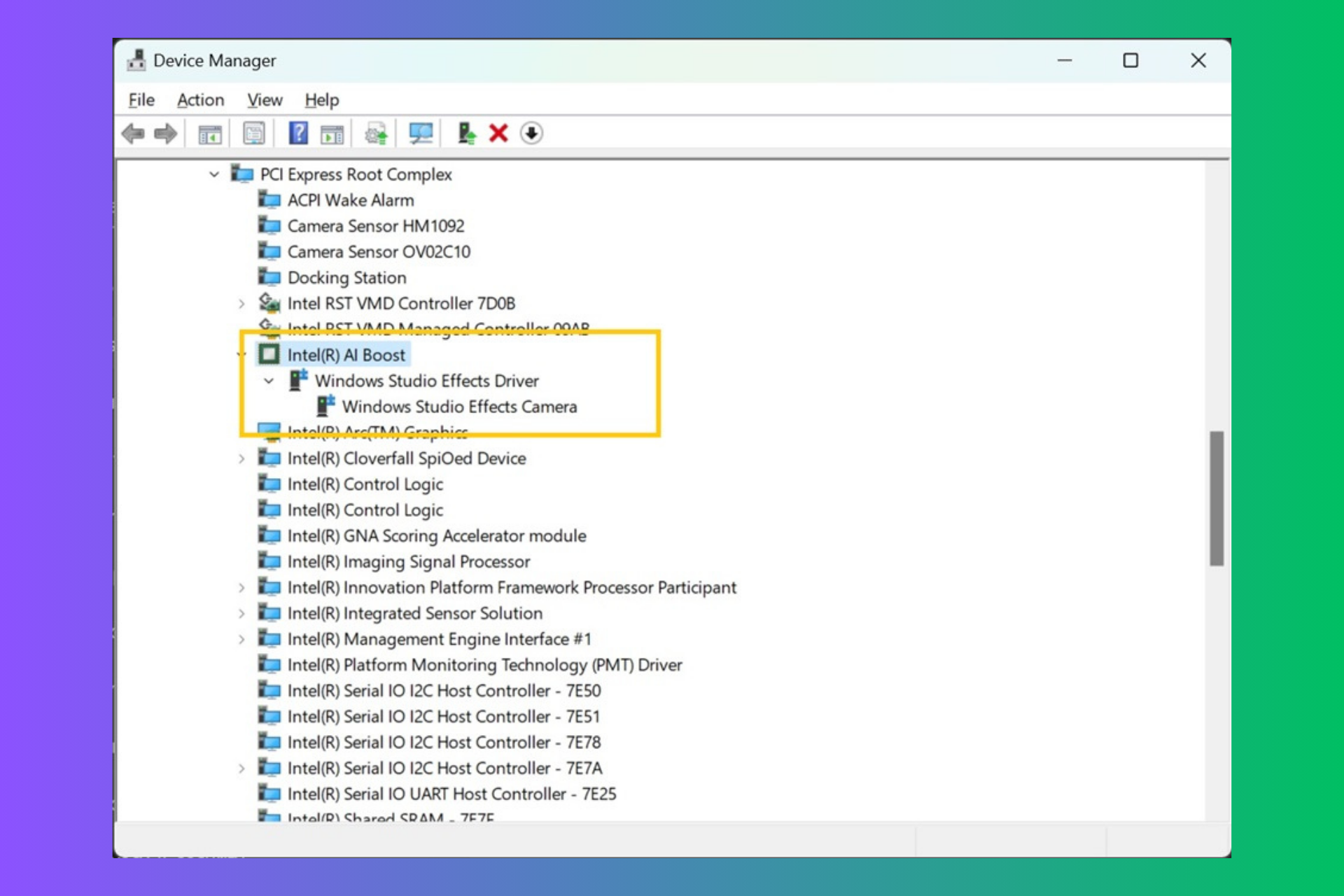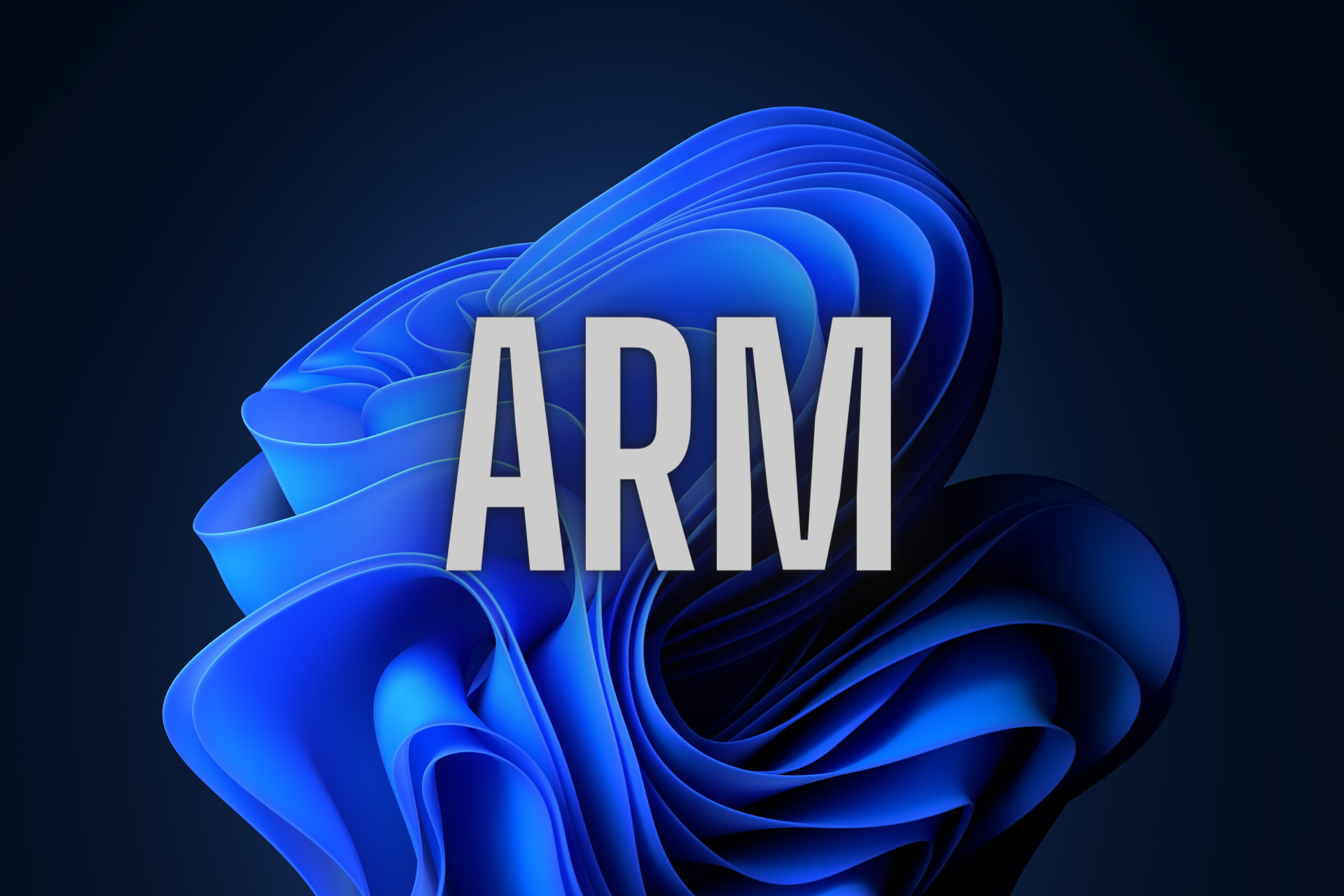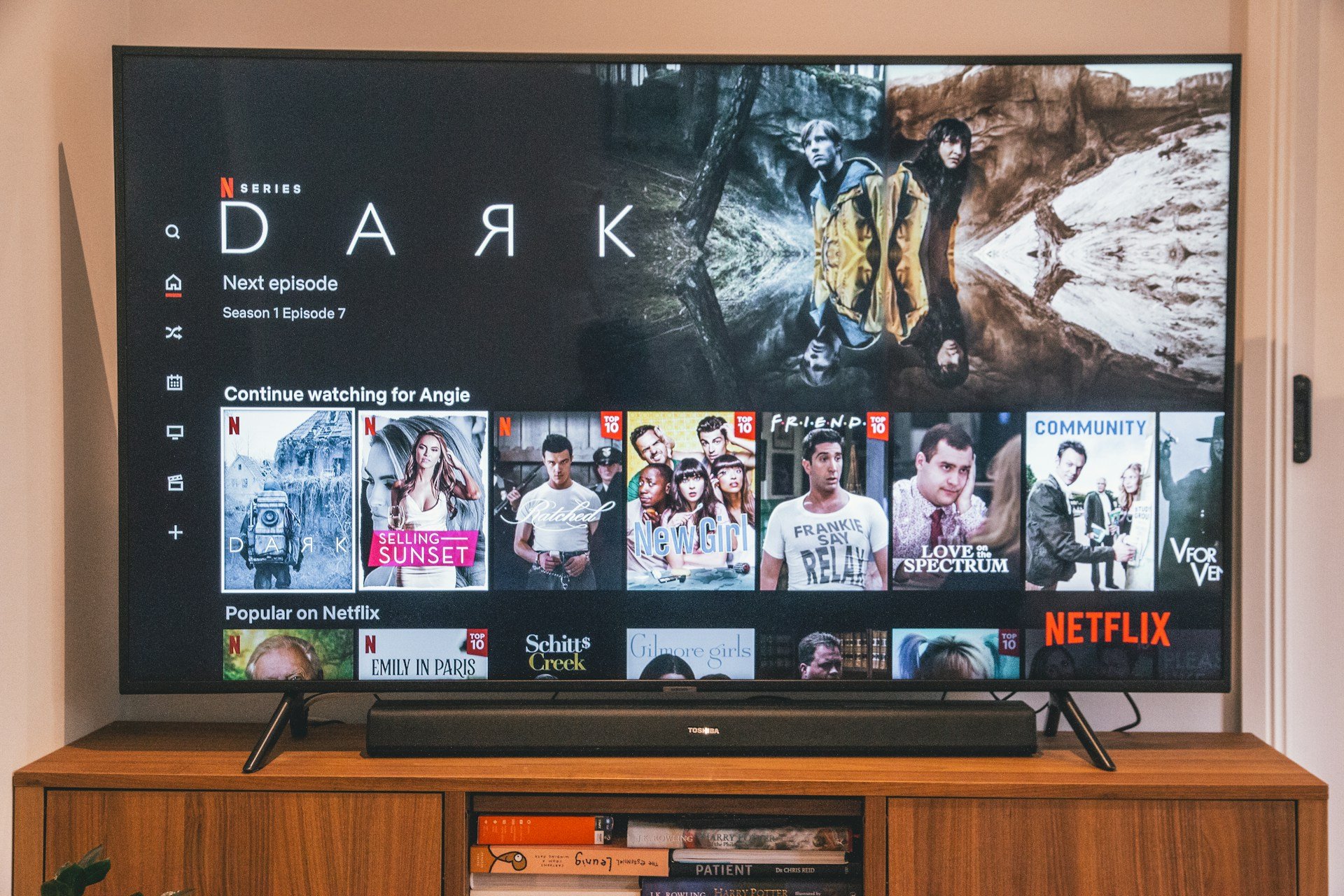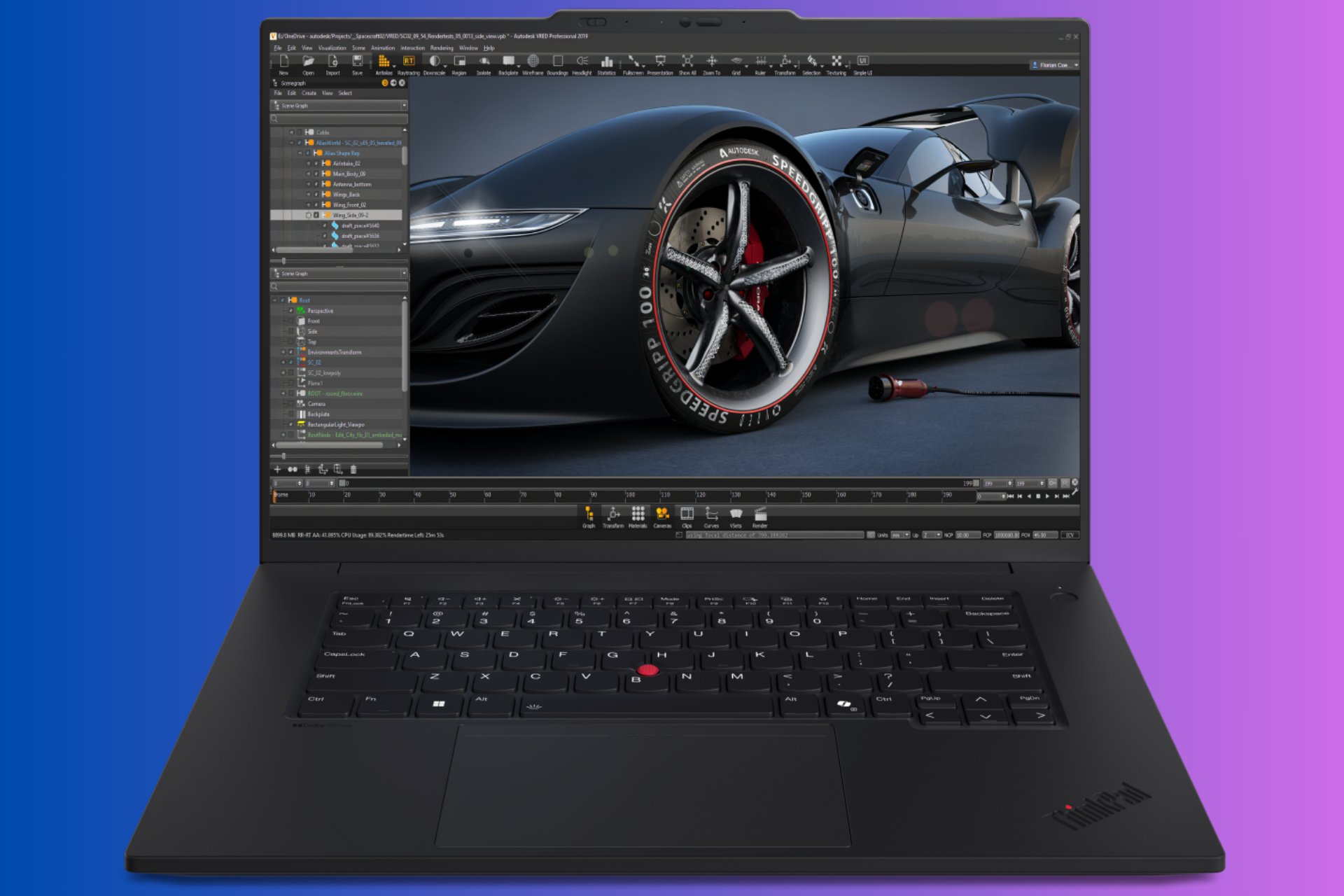VirtualBox 7 comes with SecureBoot and TPM 2.0
4 min. read
Updated on
Read our disclosure page to find out how can you help Windows Report sustain the editorial team Read more
Key notes
- VirtualBox users have a lot to be happy about these days.
- You can now download VirtualBox 7 from the website.
- Check out all the new features and fixes coming to you.
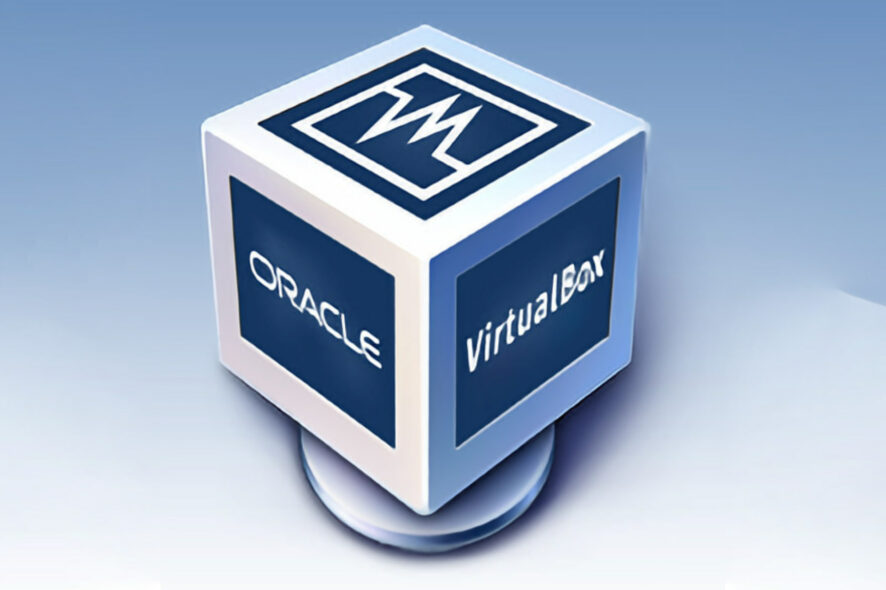
For all those out there that thought VirtualBox couldn’t be better integrated with Windows 11, you might want to think again.
That means that, after a few months of testing, Oracle has finally released VirtualBox 7 for all users on all supported platforms.
This latest major release adds many new features and improvements, among which are SecureBoot and TPM 1.2/2.0 support for improved Windows 11 support.
What changes with VirtualBox version 7?
Needless to say, these two changes now allow VirtualBox users to run Windows 11 on fully compatible virtual machines without any software trickery or bypassing minimum hardware requirements.
Some of the other notable features also include full virtual machine encryption, cloud virtual machines support, DirectX 11-based 3D support, the ability to run a virtual machine in session 0, various user interface improvements, and more.
We’re pretty sure you also want a peek at the changelog for this release, so let’s take a more in-depth look at the information.
Changes and improvements
- Virtual machines can be fully encrypted now, including the VM config logs and saved states (CLI only for now)
- OCI: Cloud virtual machines can be added to Virtual Machine Manager and controlled as local VMs
- OCI: Cloud networks can now be configured via Network Manager tool same way as it is done for Host-only and NAT networks
- GUI: Added a new utility similar to “top” or “resource monitor” which lists peformance statistics (CPU usage, RAM usage, disk I/O rate, etc.) of running guests
- GUI: Reworked the new vm wizard to integrate the unattended guest OS installation and to have a more streamlined work flow
- GUI: Added a new help viewer widget which enables the user manual to be navigated and searched
- GUI: Adding new notification center unifying most of running progresses and error reporting around the GUI
- GUI: Improved theme support on all platforms. Linux and macOS use native engine while for Windows host it is separately implemented.
- GUI: Large icon update.
- Audio recording: Now using Vorbis as the default audio format for WebM containers. Opus is no longer being used.
- Audio: Added “default” host driver type to make it possible to move VMs (appliances) between different platforms without the need of changing the audio driver explicitly. When the “default” driver is selected, the best audio backend option for a platform will be used. This is the default for newly created VMs.
- Guest Control: Implemented initial support for automatic updating of Guest Additions for Linux guests
- Guest Control: Implemented ability to wait for and/or reboot the guest when updating Guest Additions via VBoxManage
- VBoxManage: Added Guest Control “waitrunlevel” sub-command to make it possible to wait for a guest to reach a certain run level
- Windows hosts: Added experimental support of running autostarted VMs in session 0, to allow running VMS even when a usser is not being logged in (disabled by default, please consult the manual)
- macOS host: Dropped all kernel extensions. VirtualBox relies fully on the hypervisor and vmnet frameworks provided by Apple now. At the moment the implementation lacks “Internal Networking” functionality. This will be provided at a later date.
- macOS host: Providing a Developer Preview package for systems with an Apple silicon CPU. This is unsupported work in progress, and is known to have very modest performance.
- Linux Guest Additions: Reworked guest screen re-size functionality, added basic integration with some of guest Desktop Environments
- Devices: Implemented new 3D support based on DirectX 11 (and DXVK on non Windows hosts)
- Devices: Added virtual IOMMU devices (Intel and AMD variant)
- Devices: Added virtual TPM 1.2 and 2.0 devices
- Devices: The EHCI and XHCI USB controller devices are now part of the open source base package
- EFI: Added support for Secure Boot
- Debugging: Added experimental support for guest debugging through GDB and highly experimental support for guest debugging through KD/WinDbg
Fixes and other improvements:
- OCI: Cloud networking functionality is enhanced for local VMs, now local VMs could be connected to cloud networking
- GUI: Improved behavior of the virtual machine list and various VM related tools in case multiple items are selected
- GUI: On available platforms, added a new option to disable the host’s screensaver
- GUI: Reworked global preferences, machine settings and the wizards to improve stability and usability
- GUI: Improving mouse handling in multi-monitor case on X11 platform
- GUI: Medium enumeration engine was reworked to improve permormance
- GUI: NAT Network stuff was moved from global preferences to global Network Manager tool
- GUI: Extension Pack Manager was moved from global preferences to global tools
- GUI: Improved overall accessibility
- GUI: Migrating to recent Qt versions.
If what you’ve read has convinced you to check it out, you can download VirtualBox 7 from the official website, as the app is available for free on Windows, macOS, and Linux.
Have you found any issues after installing this software on your PC? Be sure to inform us in the comments section below.



